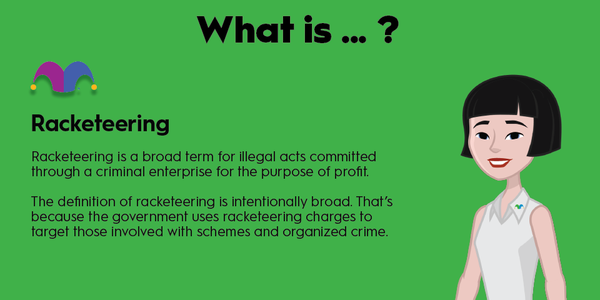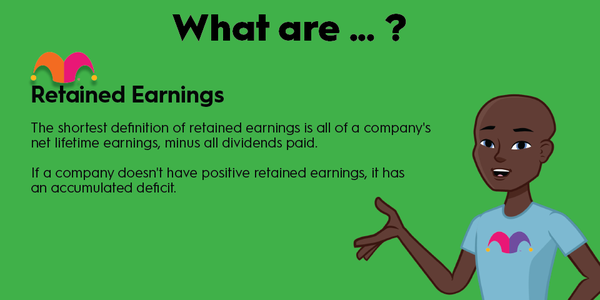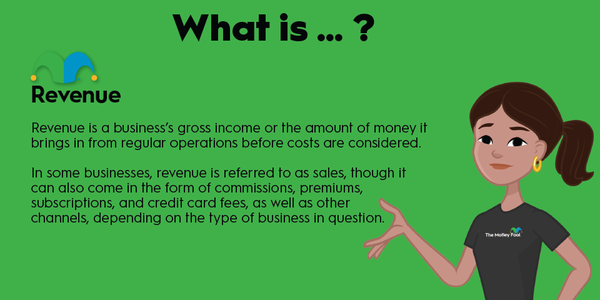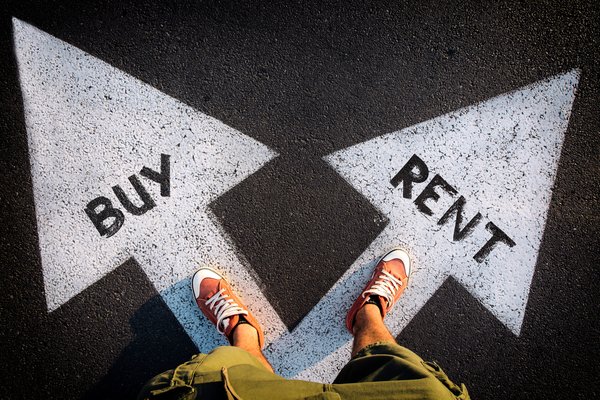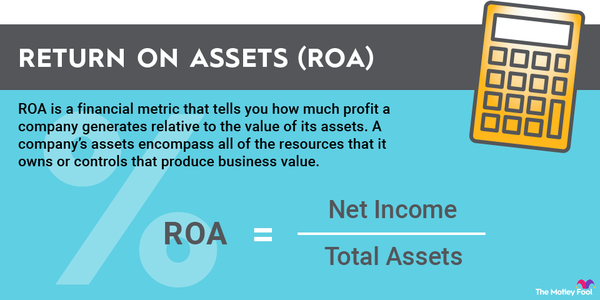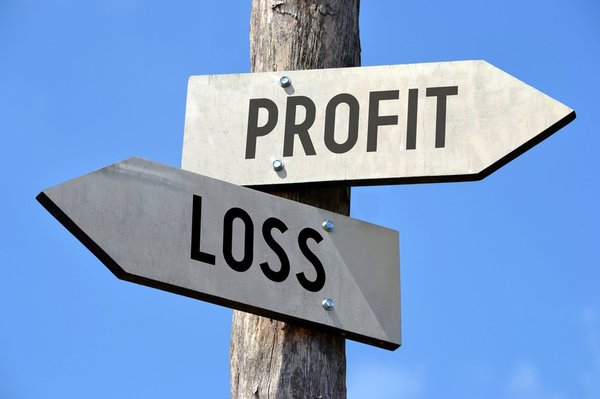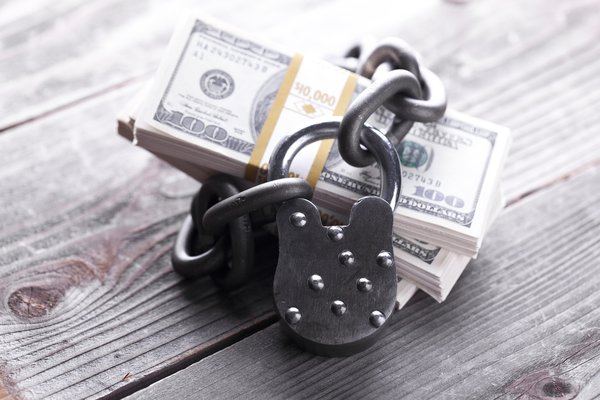Real Estate Owned (REO) are properties owned by the lender. They take over ownership after the borrower defaults on their loan and can't sell the property at a foreclosure auction for enough money to satisfy the remaining loan balance. The lender will then try to sell the property directly, often at a significant discount.
Here's a look at REOs, how properties become REOs, REO buyers, and an example of an REO.
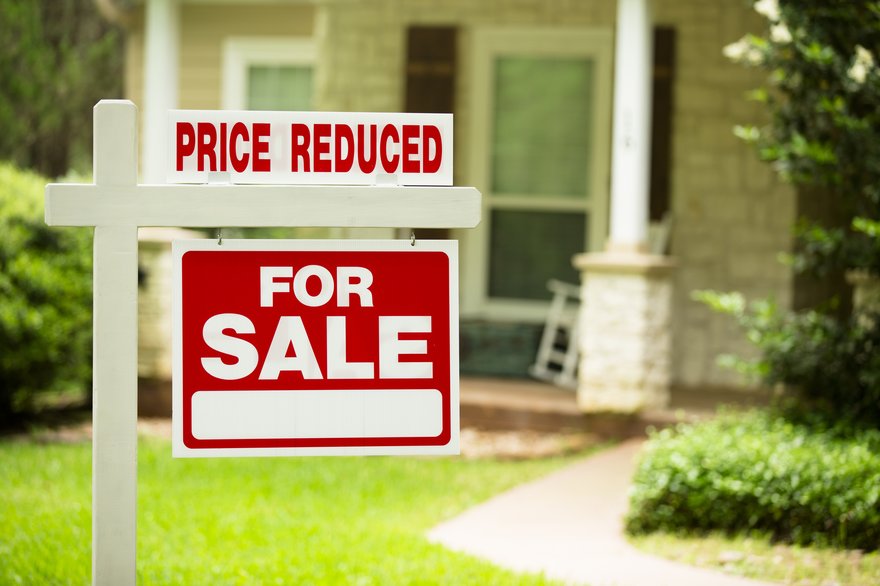
What are REO properties?
What are REO properties?
REOs are lender-owned properties that didn't sell at a foreclosure auction. Lenders (banks, other financial institutions, and investors) will begin the foreclosure process when a borrower defaults on their loan. The lender will attempt to sell the property at a foreclosure auction. However, in cases where the highest bid isn't enough to satisfy the remaining loan balance, the lender will assume ownership of the property.
Lenders dislike holding REOs on their books because it increases their risk. As a result, they're often willing to sell REOs at a discounted price to get them off their books quickly. Although lenders will work to clear all property taxes and other liens against the property to ensure a quick transfer of ownership upon a sale, they usually won't complete any repairs.
How do properties become REOs?
How do properties become REOs?
Properties go through a long process to become REOs. The process starts with the borrower defaulting on the loan that secures the property. The lender will initially attempt to work with the borrower to bring the loan up to date. However, if the borrower can't bring their loan current, the lender will begin the foreclosure process.
This legal process enables lenders to take possession of the property and attempt to sell it to satisfy their remaining loan balance. Sometimes the property doesn't sell at the foreclosure auction due to low bids, other outstanding liens, or extensive needed repairs. The lender will then assume ownership and try to sell the property directly, often with the help of a real estate agent.
What types of buyers purchase REOs?
What types of buyers purchase REOs?
REOs are ideal properties for real estate investors. They can often get REOs for a low price since lenders don't like to hold REOs. Meanwhile, there's often the opportunity to add value by completing necessary repairs or renovating the property. These features often enable real estate investors like house flippers to profit by purchasing REOs, fixing them, and reselling them at a higher value.
Investors can also use the BRRRR method (buy, rebab, rent, refinance, and repeat) with REOs. This investment strategy enables the investor to generate passive income from the property while pulling out some of their profit from adding value through renovations and securing rental income from a lease with a tenant to help fund their next REO purchase.
Many first-time home buyers will also seek to buy an REO because they can get a property at a low price. However, they must understand the risks of buying an REO. These properties often require extensive and expensive repairs and might be uninhabitable until they've completed them. They also face the potential of significant competition from experienced real estate investors.
Related investing topics
An REO example
An REO example
A bank forecloses on a property after the borrower falls several months behind on their mortgage following a job loss caused by a recession. Although the lender tries to work with the borrower, they're unable to bring the loan current. Meanwhile, the property's value has declined significantly due to the market downturn. As a result, the borrower cannot sell the property for enough money to satisfy their remaining loan balance. They've also fallen behind on repairs.
Following a failed foreclosure auction, the property becomes an REO. The bank quickly relists the property, which sits on the market for a few months due to the downturn. The bank finally receives an offer for about 15% less than the remaining loan balance from a real estate investor. The bank takes the deal and sells the REO to the real estate investor.
Before listing the property, the investor completes the needed repairs and renovations to make it more appealing to buyers. Given the continued real estate downturn, the investor decides to rent the property and wait for the market to recover before selling. They sign a lease with a tenant to earn some rental income and then refinance the property, pulling out some of their equity investment.


